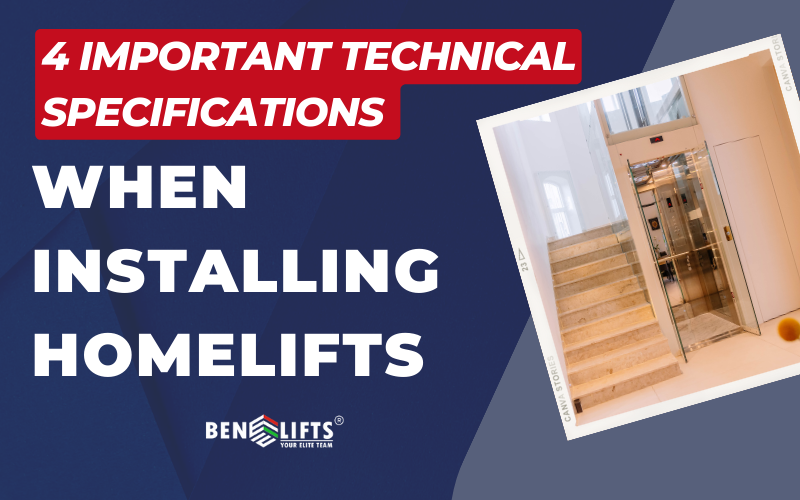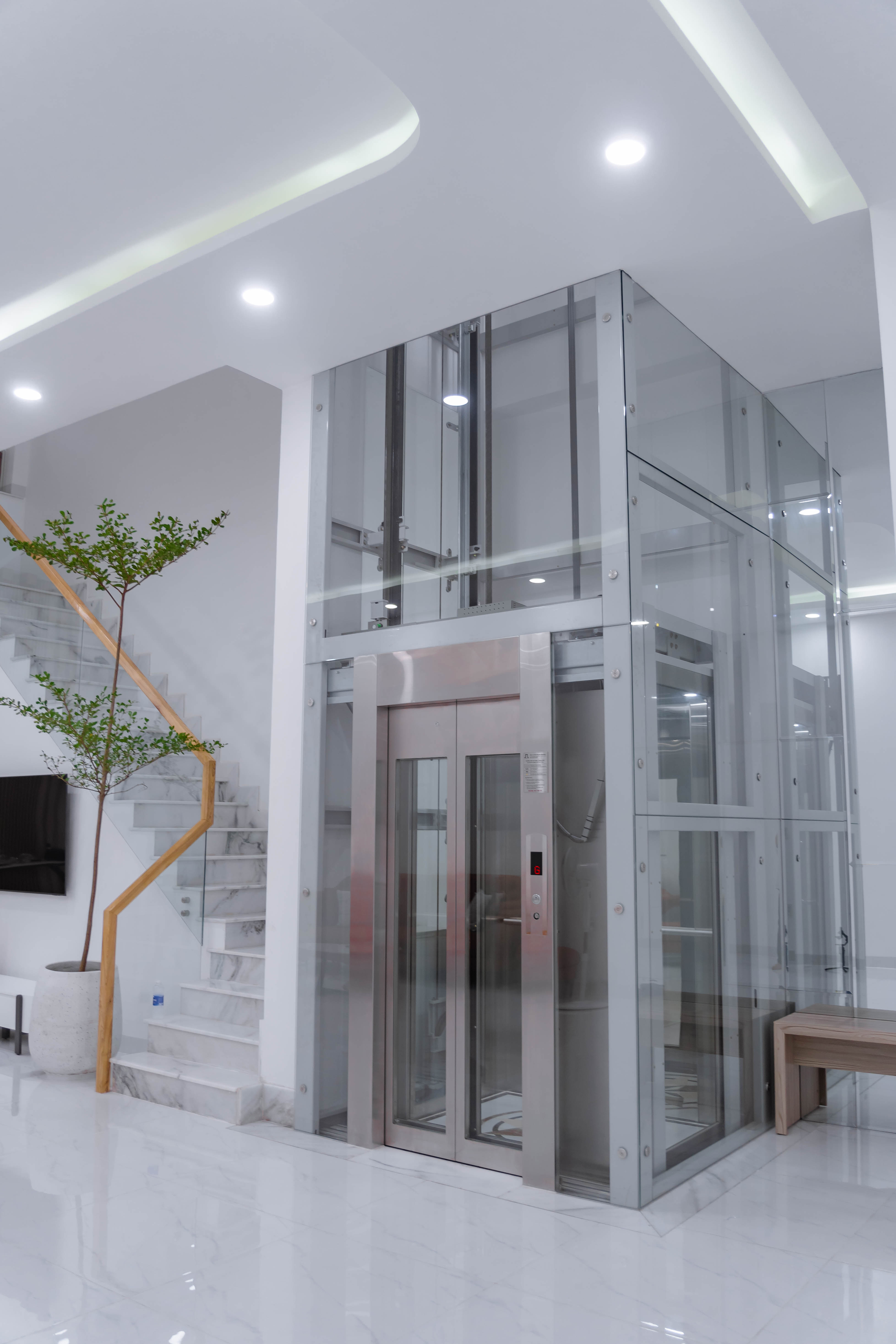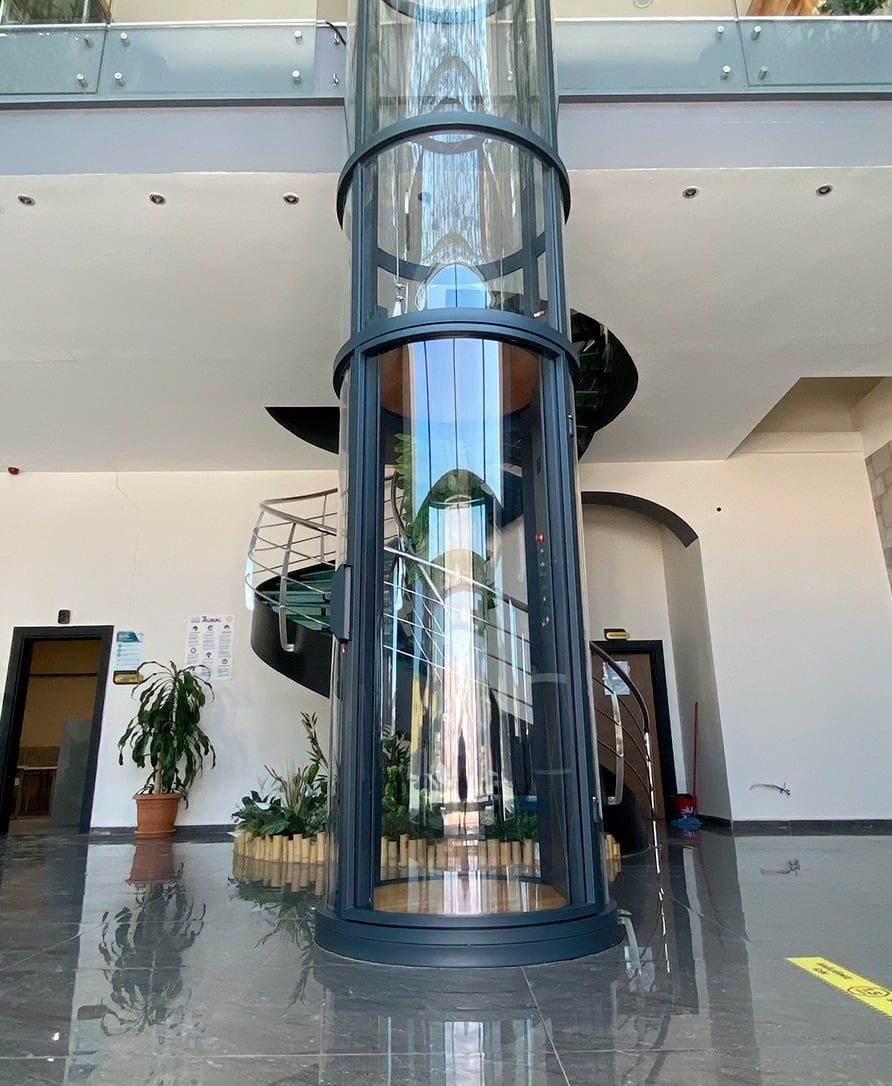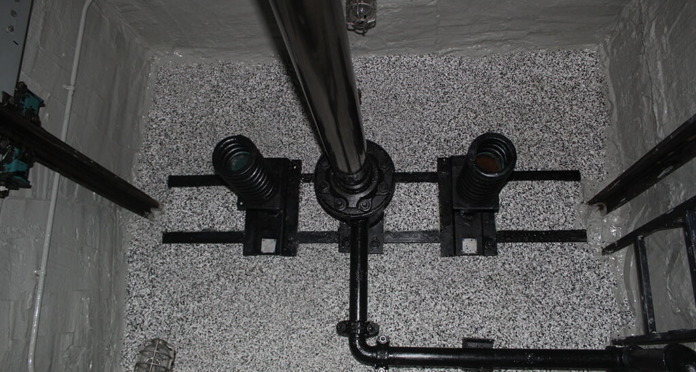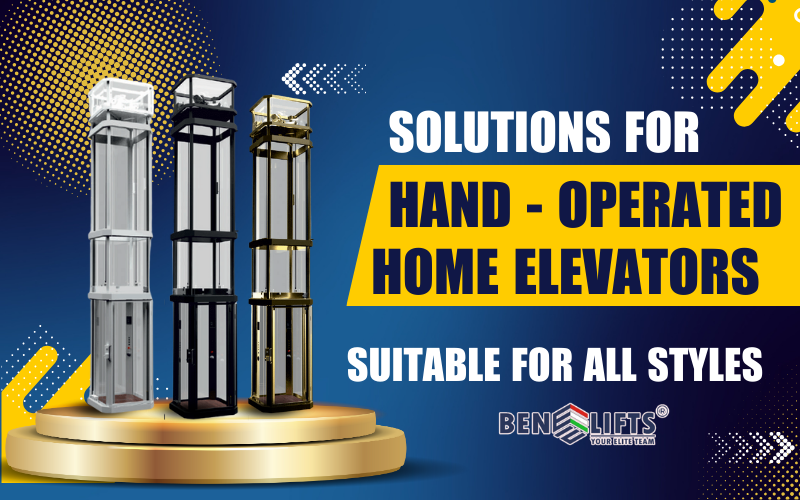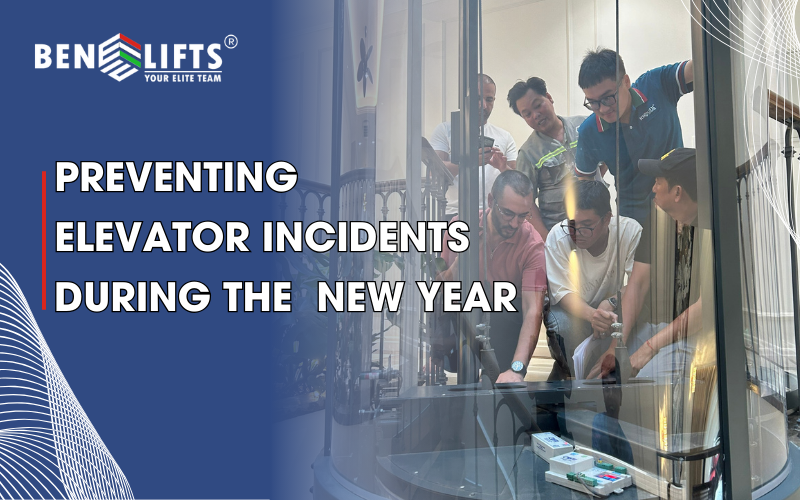When selecting homelifts, in addition to factors such as price, origin, design, and appearance, you should also pay attention to the technical specifications of the homelifts. Therefore, let's take a look at some important technical specifications that you need to consider when installing homelifts with Benelifts S.R.L!
1. Load capacity
Load capacity refers to the maximum weight that the homelifts can carry in one trip. It can be said that the load capacity of homelifts is the first determining factor in customers' decision-making process. Depending on the usage requirements, there are different load capacity options that can help achieve balance between space utilization, floor area savings, and costs. Increasing the load capacity allows for the transportation of more people or heavier items, but it also occupies more space and entails higher costs.
Homelifts come in various load capacity options, similar to other types of elevators. Typically, there are standard load capacity options including 200kg, 300kg, 400kg, and 500kg. Depending on the scale of the project, such as villas, mini apartments, hotels, the investor can consider choosing the appropriate load capacity.
The load capacity of homelifts is the maximum weight that the homelifts can accommodate
2. Cabin size and clearance size of shaft
The cabin refers to the space available for passengers during the lift's operation, while the shaft clearance is the actual area required for lift installation. For houses with limited floor area, these factors are crucial for homeowners to calculate and select the homelifts cabin size according to their usage requirements while ensuring reasonable clearance size of shaft.
The Elux Tubo homelifts have a compact shaft clearance, and the cabin occupies over 80% of the homelifts
3. Pit depth (PIT)
The pit of homelifts is the bottom part of the shaft, excavated below the ground level to provide support and ensure vertical movement of the lift. In some types of homelifts, this space is also used to house operating equipment, electrical systems, and more. Most homelifts models on the market require a minimum pit depth of 600mm, which makes pit excavation a challenging task that incurs additional costs due to considerations for the foundation of the building underneath.
For projects that have not been constructed yet, installing a homelift is relatively simple as the pit can be designed from the beginning. However, for completed residential buildings, meticulous calculations need to be made to avoid impacting the structure of the house. Benelifts's homelifts solutions eliminate the need for pit excavation or require a very shallow pit depth (maximum of only 120mm), reducing construction costs and minimizing structural disruptions.
Pit depth is a concern for many construction projects.
4. Overhead height
The overhead height (OH) is a part of the clearance size of shaft, measured from the floor level of the topmost landing of the homelifts to the floor level of the machine room. The topmost level usually needs to be designed higher than other levels because when the homelifts reach its uppermost stopping point, there must be enough space to accommodate equipment located on top of the cabin. This ensures safety during acceleration and provides a certain space for technical maintenance.The OH height can be large or small depending on the type of lift, technology, and installation location. Most homelifts models on the market today typically require a minimum OH height of 3800-4500mm. In the case of Benelifts homelifts, a minimum OH height of only 3100mm is required.
Contact Benelifts immediately if you need additional information about the technical specifications of homelifts models or to place an order using the following information:
Address: Via Augusto Anfossi, 13 20135 Milano (Mi) - Italy
Hotline: +39 344 739 1374
Email: Info@benelifts.com



